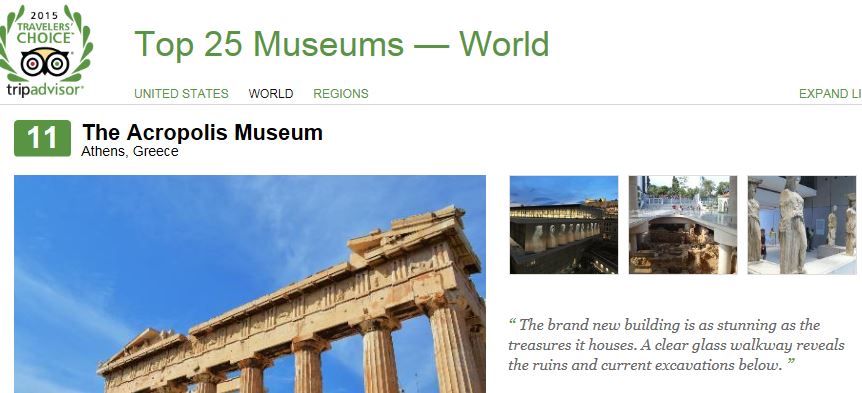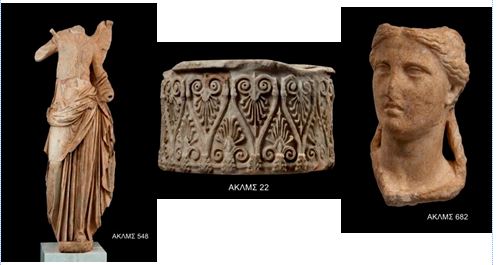The Parthenon Marbles: To litigate or not to litigate?
In an ideal world the issue of the reunification of the Parthenon Marbles would be settled on cultural grounds, to restore the integrity of a single work of art of rare importance. Recourse to litigation ought not to be necessary.
The BCRPM, British Committee for the Reunification of the Parthenon Marbles however is not purist about this. If the matter were to be resolved through litigation we would be gratified. Litigation however must be treated with care.
In the case of the Parthenon Marbles litigation has much in common with the Trident nuclear deterrent. Its value is more in its threat than in its use, for a number of reasons, including:
a. Certainly there is much evidence that Lord Elgin exceeded the authority granted to him by the Ottoman authorities in amputating large amounts of structural components from the Parthenon, but much of it is circumstantial and not necessarily adequate to satisfy judicial standards of proof. The onus of this proof is on the plaintiff. Thus the judicial hurdle facing the plaintiff (presumably Greece) is higher than that faced by the defendant (the British Museum or the British Government).
b. Add to this the legal technicalities which could thwart even the presentation of the circumstantial evidence. Such as:
- the demise of the Ottoman State under which Elgin’s alleged illegalities took place.
- the fact that the Greek National State did not exist nor had ever existed at that time.
- the statute of limitations after the passage of over 200 years.
c. Much of the massive public sympathy for the demand for reunification derives from the strong impression of illegality and moral dubiety in Elgin’s actions. A single act of suicide by litigation could seriously erode this sympathy vote.
Thus litigation is of more value as a threat in the repertoire of recourses available to the Greek Government as it pursues the matter through diplomatic and other means.
Ta Nea article 20 December 2015.pdf



 The Acropolis Museum to celebrate the August full moon on Saturday 29 August 2015 with a music and dance event ‘Tango Acropolis’. From 8:30 p.m. until 11:30 p.m., the Museum’s entrance courtyard
The Acropolis Museum to celebrate the August full moon on Saturday 29 August 2015 with a music and dance event ‘Tango Acropolis’. From 8:30 p.m. until 11:30 p.m., the Museum’s entrance courtyard




